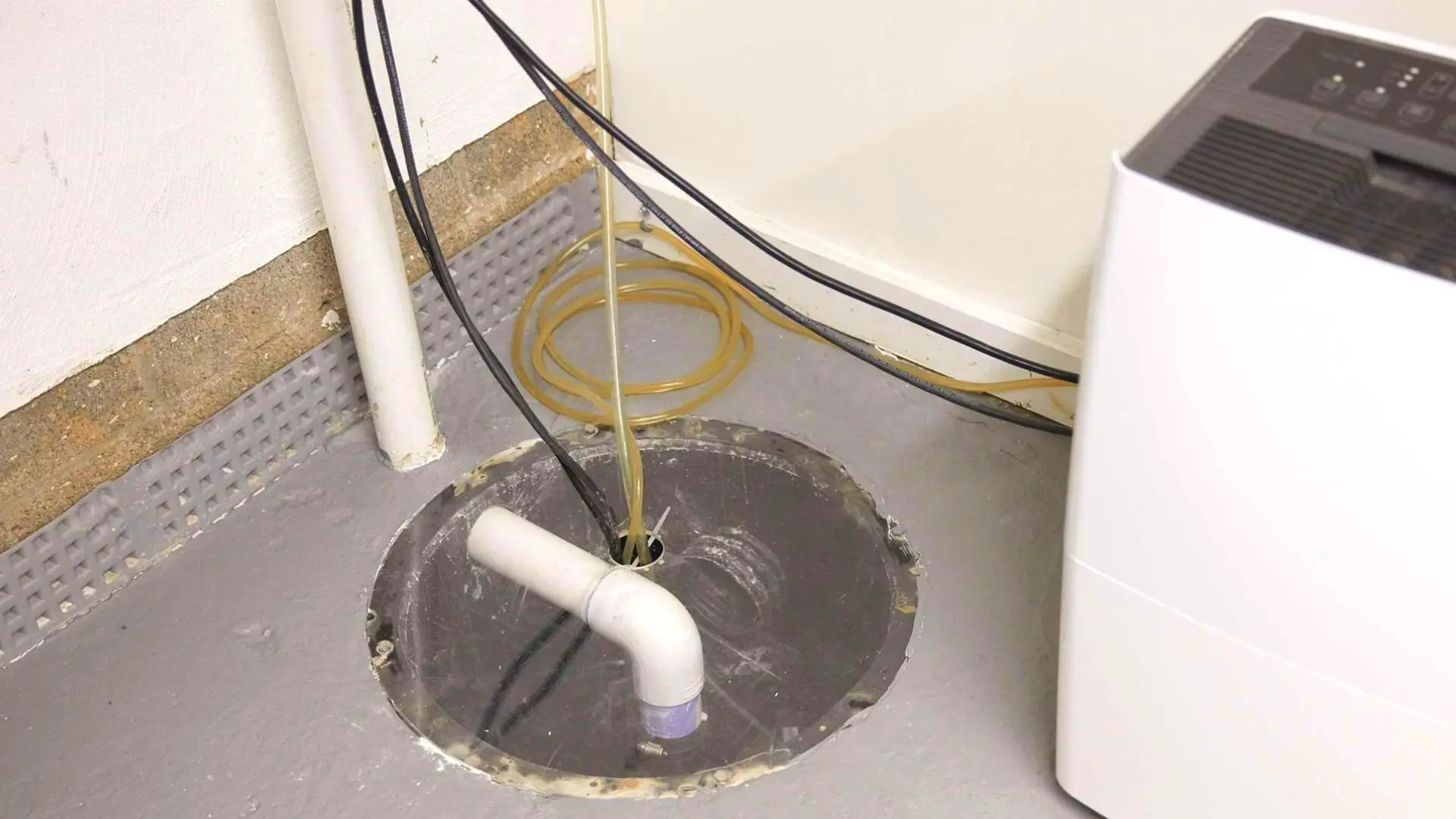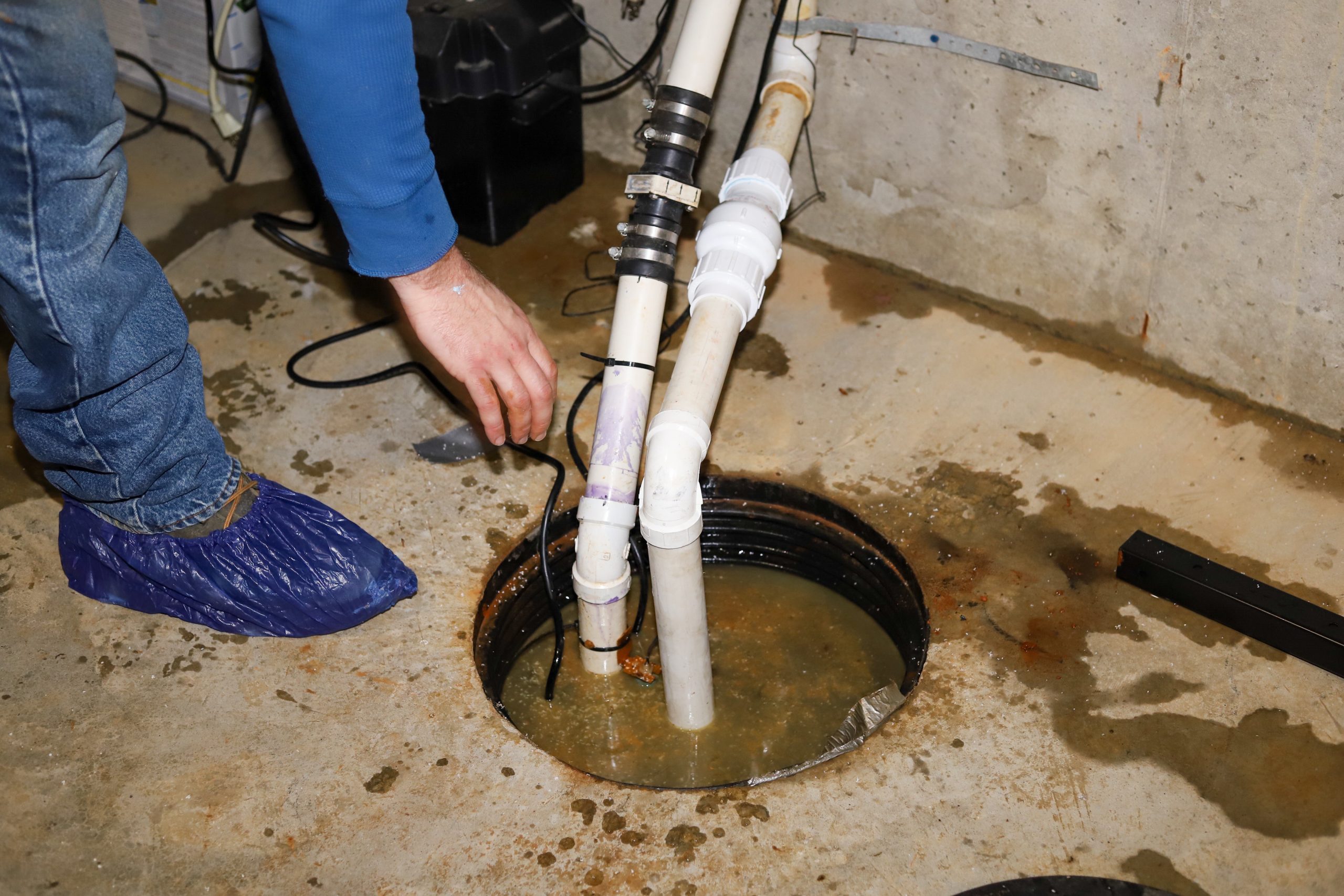Proven Solutions for Cleaning a Sump Pump
Proven Solutions for Cleaning a Sump Pump
Blog Article
Just about everyone has got their personal theory involving How to Care for Your Sump Pump.

Sump pumps are vital elements in numerous homes, especially in locations vulnerable to flooding or excessive moisture. They help avoid water damage by efficiently removing excess water from basements or crawl spaces. Nevertheless, like any other home appliance, sump pumps call for normal maintenance to ensure they work efficiently when needed one of the most. Cleansing your sump pump is an important part of its upkeep, and understanding how to do it effectively can conserve you from pricey fixings and possible catastrophes.
Introduction
Maintaining a tidy sump pump is important for its correct performance and durability. Neglecting this essential task can result in clogs, malfunctions, and inevitably, water damages to your residential property. Therefore, discovering how to clean up a sump pump is crucial for homeowners that rely on these gadgets to maintain their basements completely dry and secured.
Indications of a Dirty Sump Pump
Understanding when your sump pump requires cleansing is critical for stopping prospective malfunctions. Some common indicators that indicate a dirty sump pump include strange noises throughout procedure, reduced water circulation, and visible debris in the pit. If you see any one of these symptoms, it's important to clean your sump pump promptly to stay clear of any type of more concerns.
Preparing for Cleansing
Prior to you start cleaning your sump pump, it's necessary to take some security preventative measures. Begin by shutting off the power to the pump to stay clear of any kind of electrical accidents. Furthermore, wear suitable protective gear, such as gloves and safety glasses, to protect on your own from dirt, particles, and potential pathogens.
Recognizing the Sump Pump
Before diving into the cleansing process, it's essential to have a fundamental understanding of how a sump pump works. Commonly mounted in a pit or container listed below the basement flooring, a sump pump contains a number of vital parts, consisting of a pump, a float switch, and a discharge pipe. When water collects in the pit, the float switch activates the pump, which then pumps the water out through the discharge pipe, away from the structure's foundation.
Step-by-step Guide to Cleaning a Sump Pump
Shutting Off the Power
Begin by detaching the power supply to the sump pump to stop any kind of mishaps while cleaning.
Checking for Correct Functioning
Before reinstalling the pump, do a quick test to make sure that the float switch turns on the pump correctly. Pour some water right into the sump pit and observe the pump's procedure. If every little thing is functioning correctly, you can rebuild the pump and reconnect the power supply.
Getting Rid Of Debris and Dirt
Utilize a bucket or an inside story to get rid of any visible particles, dust, or debris from the sump pit. Dispose of the particles properly to prevent it from obstructing the pump or the discharge pipeline.
Cleansing the Pump and Float Switch Over
When the pit is clear of debris, thoroughly remove the pump from the pit. Evaluate the pump and the float button for any type of indicators of damage or wear. Utilize a soft brush or cloth to clean up the surface areas and remove any type of accumulated grime.
Flushing the System
After cleaning the pump and float button, flush the sump pit with tidy water to remove any kind of staying dust or sediment. This will certainly help guarantee that the pump runs efficiently and effectively.
Upkeep Tips to Maintain Your Sump Pump Clean
Along with regular cleaning, there are several upkeep tips you can comply with to maintain your sump pump in optimal problem:
Final thought
Cleaning your sump pump is an essential aspect of its upkeep and ensures that it runs effectively when you need it one of the most. By adhering to the actions detailed in this overview and incorporating normal maintenance right into your routine, you can expand the life-span of your sump pump and secure your home from water damages.
6 STEPS ON HOW TO CLEAN A SUMP PUMP PROPERLY
UNDERSTANDING SUMP PUMPS
Your sump pump plays a crucial role in protecting your home by managing and removing excess water. It primarily functions as a “shield”, guarding your basement against the damaging effects of water accumulation. The pump is housed in a sump pit in the lowest part of your basement, and its job is to pump out any water that collects there.
During heavy rainfalls or when snow melts rapidly, water can infiltrate your basement, posing potential risks like flooding, structural damage, and harmful mold growth. Here, the sump pump springs into action, pumping out the intruding water and directing it away from your home.
SAFETY FIRST
Before cleaning, remember to prioritize safety. Disconnect the sump pump from the power source to prevent any accidental electric shocks. Also, wear sturdy gloves to protect your hands from any sharp or dirty components within the pump.
REMOVE THE SUMP PUMP
After ensuring your safety, the next step is to remove the sump pump from its pit. Doing this might require careful maneuvering as you don’t want to damage any pump components. Once removed, clean the sump pit to remove any accumulated debris or sludge.
INSPECT THE PUMP
Inspect the pump for any visible signs of wear or damage. Check the power cord, float switch, and impeller housing. If any components look worn out or damaged, consider replacing them to ensure optimal performance.
CLEAN THE PUMP
Thoroughly clean the pump with warm, soapy water. Make sure to rid it of any dirt, gravel, or other debris that might impede its performance. You can use a toothbrush to clean the small, hard-to-reach parts of the pump.
REINSTALL THE SUMP PUMP
Reinstall the pump into the sump pit Make sure it’s positioned correctly to remove the water effectively Once it’s back in place, reconnect it to the power source TEST THE PUMP
Finally, pour some water into the pit to ensure the pump works correctly. It should start automatically and begin pumping out the water; if it doesn’t, check the power source and the positioning of the pump.
Remember, while cleaning your sump pump is an essential part of home maintenance, hiring a professional plumber for a thorough inspection and cleaning at least once a year is also important. This will ensure that your pump is in optimal condition, ready to protect your home from potential water damage.
BEST PRACTICES FOR CLEANING SUMP PUMP DISCHARGE PIPES
Regular Inspection: Regularly inspect your discharge pipes, especially during heavy rainfall or snowmelt periods. Look for any signs of blockage or damage. Early detection of problems can prevent serious issues down the line. Periodic Cleaning: Over time, sediment and debris can accumulate in the discharge pipes, impeding the flow of water. Regular cleaning helps keep the pipes clear and functioning efficiently. You can use a high-pressure water jet to effectively clean the pipes. Insulation During Winter: In colder climates, discharge pipes can freeze, blocking the outflow of water. Protect your discharge pipes from freezing temperatures by insulating them with foam pipe insulation. This will ensure the sump pump can continue to discharge water even in freezing conditions. Proper Positioning: The discharge pipe should be positioned to direct water away from your home’s foundation. Improper positioning can lead to water seeping back into the basement. Ensure the pipe is long enough and angled correctly. Installation of a Check Valve: A check valve prevents water from flowing back into your sump pit after the pump has pushed it out. Installing a check valve helps maintain the efficiency of your sump pump and reduces the risk of flooding. Minimize Pipe Turns: Every curve or turn in the discharge pipe can decrease the efficiency of water flow. By minimizing turns and bends in your discharge pipe, you can increase the efficiency of your sump pump. https://www.fullspeedplumbing.com/how-to-clean-a-sump-pump-properly9999/

I'm certainly very inquisitive about How To Effectively Clean A Sump Pump and I really hope you liked the new entry. If you liked our blog entry please consider to pass it around. Thank you so much for going through it.
Call Today Report this page